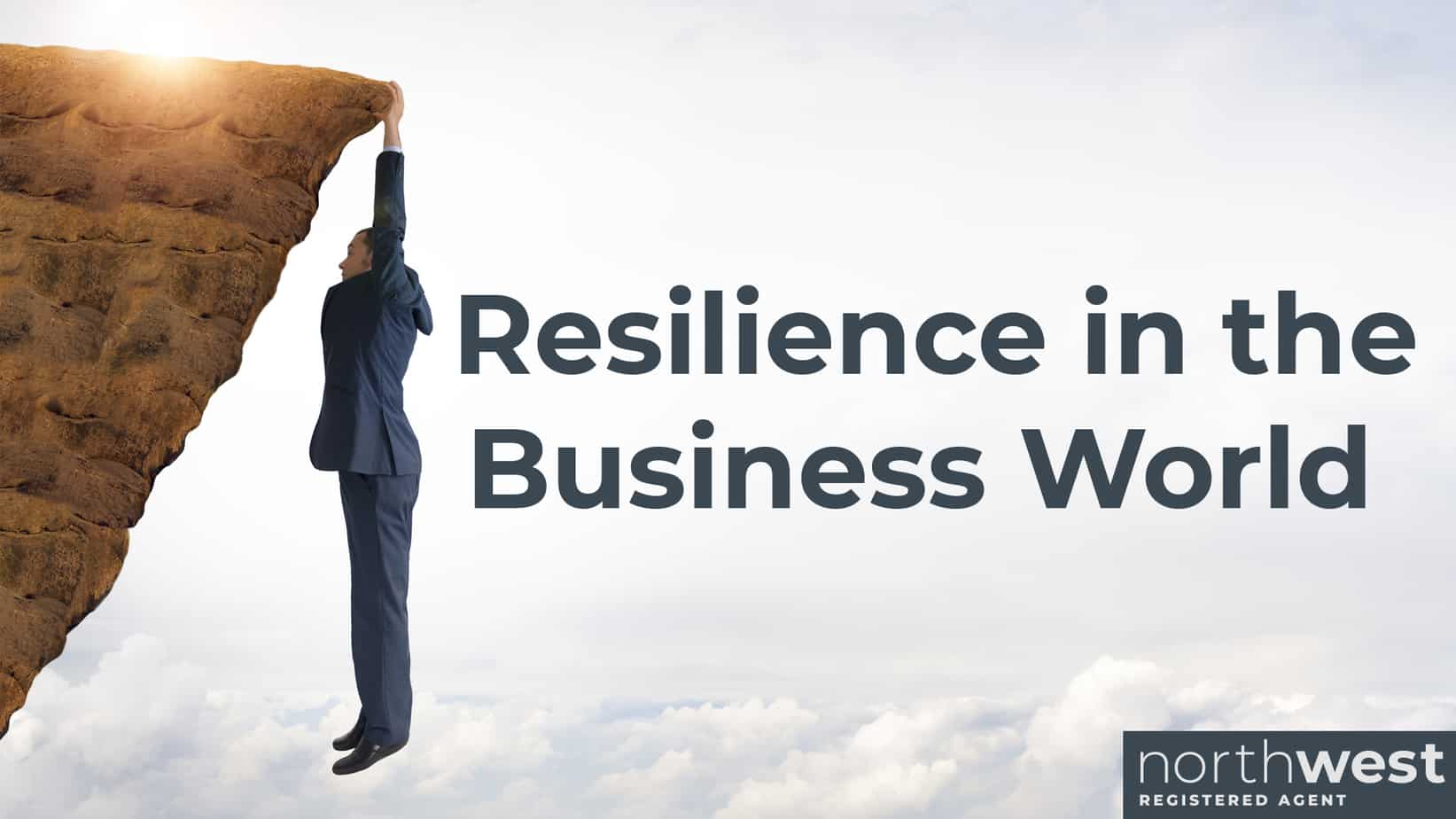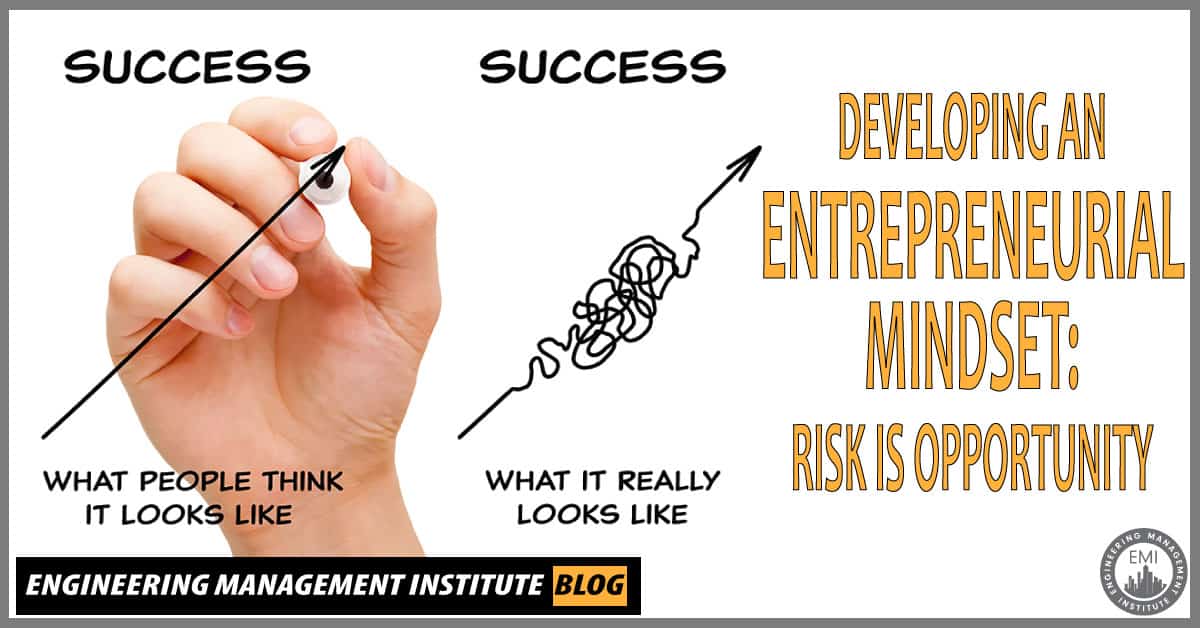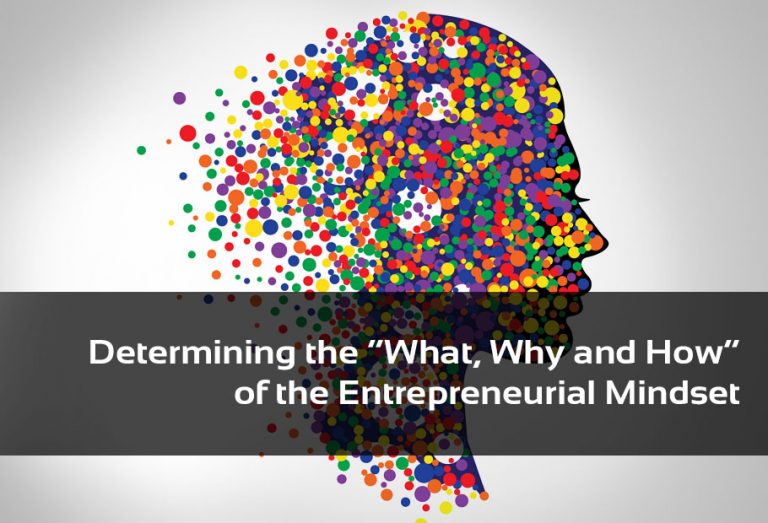Understanding Your Risk Tolerance: A Self-Assessment Guide
Understanding your personal risk tolerance is crucial for making informed business decisions. Risk tolerance refers to an individual’s willingness to take on risk in pursuit of potential rewards. It’s a critical aspect of entrepreneurial decision-making, as it influences how entrepreneurs approach challenges, invest resources, and manage uncertainty.
To evaluate your risk tolerance, consider the following self-assessment quiz:
1. How do you feel about uncertainty? Do you thrive in uncertain environments or prefer more predictable outcomes?
2. How do you approach decision-making? Do you rely on data-driven insights or trust your intuition?
3. How do you handle failure? Do you view failure as an opportunity for growth or as a setback?
4. How do you prioritize risk management? Do you focus on mitigating potential risks or capitalizing on potential rewards?
By answering these questions, you can gain a better understanding of your risk tolerance and how it influences your decision-making. This self-awareness is essential for developing a healthy risk tolerance, which is critical for achieving long-term success in business.
Entrepreneurs with a healthy risk tolerance are able to balance potential risks and rewards, making informed decisions that drive business growth. They’re also able to adapt to changing circumstances, navigating uncertainty with confidence and resilience.
In the next section, we’ll explore the psychological factors that influence risk tolerance, including cognitive biases, emotional intelligence, and past experiences. By understanding these factors, entrepreneurs can develop strategies to manage their risk tolerance and make more informed decisions.
The Psychology of Risk Tolerance: What Drives Entrepreneurial Decision-Making
Risk tolerance is a complex and multifaceted concept that is influenced by a range of psychological factors. Understanding these factors is crucial for entrepreneurs who want to develop a healthy risk tolerance and make informed business decisions.
One of the key psychological factors that influences risk tolerance is cognitive bias. Cognitive biases are systematic errors in thinking that can affect an entrepreneur’s perception of risk and their decision-making. For example, the availability heuristic is a cognitive bias that leads entrepreneurs to overestimate the importance of vivid, memorable events, such as a recent failure or success. This can lead to an exaggerated perception of risk and a more cautious approach to decision-making.
Emotional intelligence is another psychological factor that influences risk tolerance. Emotional intelligence refers to an entrepreneur’s ability to recognize and manage their own emotions, as well as the emotions of others. Entrepreneurs with high emotional intelligence are better able to manage their emotions and make more informed decisions, even in the face of uncertainty and risk.
Past experiences also play a significant role in shaping an entrepreneur’s risk tolerance. Entrepreneurs who have experienced success in the past may be more likely to take risks, while those who have experienced failure may be more cautious. However, past experiences can also lead to cognitive biases, such as the sunk cost fallacy, where entrepreneurs continue to invest in a failing venture because of the resources they have already committed.
By understanding these psychological factors, entrepreneurs can develop strategies to manage their risk tolerance and make more informed decisions. This may involve seeking out diverse perspectives, challenging their own assumptions, and developing a growth mindset that is open to learning and adaptation.
Developing a healthy risk tolerance requires a deep understanding of the psychological factors that influence decision-making. By recognizing and managing these factors, entrepreneurs can cultivate a more informed and nuanced approach to risk, one that balances potential risks and rewards and drives long-term success.
How to Develop a Healthy Risk Tolerance: Strategies for Entrepreneurs
Developing a healthy risk tolerance is essential for entrepreneurs who want to achieve long-term success. A healthy risk tolerance involves balancing potential risks and rewards, and making informed decisions that drive business growth. Here are some strategies that entrepreneurs can use to develop a healthy risk tolerance:
Calculated risk-taking: This involves taking risks that are informed by data and analysis, rather than relying on intuition or emotions. Entrepreneurs can use tools such as decision trees and scenario planning to help them make more informed decisions.
Scenario planning: This involves imagining different scenarios that could play out in the future, and developing strategies to mitigate potential risks. Scenario planning can help entrepreneurs anticipate and prepare for potential risks, rather than simply reacting to them.
Diversification: This involves spreading risk across different assets or investments, rather than putting all of one’s eggs in one basket. Diversification can help entrepreneurs reduce their exposure to potential risks, and increase their potential returns.
Entrepreneurs who have effectively managed risk include Richard Branson, who has built a business empire through a combination of calculated risk-taking and diversification. Branson’s approach to risk management involves taking bold bets, but also being prepared to adapt and pivot when circumstances change.
Another example is Sara Blakely, who founded Spanx through a combination of innovation and risk-taking. Blakely’s approach to risk management involves being open to new ideas and perspectives, and being willing to take calculated risks to drive business growth.
By using these strategies, entrepreneurs can develop a healthy risk tolerance that balances potential risks and rewards. This involves being informed, adaptable, and resilient, and being willing to take calculated risks to drive business growth.
The Role of Resilience in Entrepreneurial Success: Bouncing Back from Failure
Resilience is a critical component of entrepreneurial success. It involves the ability to bounce back from failure, adapt to changing circumstances, and maintain a growth mindset in the face of adversity. Entrepreneurs who are resilient are better equipped to navigate the challenges of starting and growing a business, and are more likely to achieve long-term success.
So, how can entrepreneurs cultivate resilience? One key strategy is to develop self-awareness. This involves understanding one’s own strengths, weaknesses, and motivations, and being able to recognize when one is feeling overwhelmed or uncertain. By developing self-awareness, entrepreneurs can better manage their emotions and respond to challenging situations in a more effective way.
Another key strategy is to learn from mistakes. Rather than dwelling on failures, entrepreneurs should use them as opportunities for growth and learning. This involves analyzing what went wrong, identifying key takeaways, and applying those lessons to future decisions. By learning from mistakes, entrepreneurs can develop a more nuanced understanding of risk and uncertainty, and make more informed decisions.
Maintaining a growth mindset is also essential for resilience. This involves being open to new ideas and perspectives, and being willing to adapt and pivot when circumstances change. By maintaining a growth mindset, entrepreneurs can stay agile and responsive to changing circumstances, and are more likely to achieve long-term success.
Examples of resilient entrepreneurs include Steve Jobs, who was fired from Apple in 1985 but went on to found NeXT and Pixar before returning to Apple in 1997. Jobs’ ability to bounce back from failure and adapt to changing circumstances was a key factor in his success.
Another example is J.K. Rowling, who was a single mother living on welfare when she began writing the first Harry Potter book. Rowling’s resilience and determination in the face of adversity helped her to overcome numerous rejections and eventually achieve success as a bestselling author.
By cultivating resilience, entrepreneurs can develop the ability to bounce back from failure and achieve long-term success. This involves developing self-awareness, learning from mistakes, and maintaining a growth mindset. By incorporating these strategies into their approach to business, entrepreneurs can build a more sustainable and resilient business model.
Real-Life Examples of Entrepreneurial Risk Tolerance: Lessons from Successful Business Leaders
Entrepreneurial risk tolerance is not just a theoretical concept, but a real-world phenomenon that has been demonstrated by numerous successful business leaders. In this section, we will explore some real-life examples of entrepreneurs who have demonstrated exceptional risk tolerance, and analyze the key takeaways from their experiences.
One example is Elon Musk, who has built a business empire through a combination of innovation, perseverance, and risk-taking. Musk’s decision to invest in SpaceX, a private space exploration company, was a high-risk move that paid off when the company successfully launched its first satellite into orbit. Similarly, his decision to invest in Tesla, an electric car manufacturer, was a high-risk move that paid off when the company became one of the leading players in the electric vehicle market.
Another example is Sara Blakely, who founded Spanx, a company that makes footless pantyhose. Blakely’s decision to invest in her own business was a high-risk move that paid off when the company became a huge success. Blakely’s risk tolerance was demonstrated by her willingness to take on debt and invest in her own business, even when others doubted her idea.
These examples demonstrate that entrepreneurial risk tolerance is not just about taking risks, but about taking calculated risks that are informed by a deep understanding of the market and the business. They also demonstrate that risk tolerance is not just about the individual, but about the team and the organization as a whole.
So, what can we learn from these examples? First, we can learn that entrepreneurial risk tolerance is essential for success in business. Without a willingness to take risks, entrepreneurs will not be able to innovate, adapt, and grow. Second, we can learn that risk tolerance is not just about the individual, but about the team and the organization as a whole. Finally, we can learn that risk tolerance is not just about taking risks, but about taking calculated risks that are informed by a deep understanding of the market and the business.
By studying these examples, entrepreneurs can gain a deeper understanding of the importance of risk tolerance in business, and develop the skills and strategies needed to succeed in a rapidly changing business environment.
Real-Life Examples of Entrepreneurial Risk Tolerance: Lessons from Successful Business Leaders
Entrepreneurs who have successfully navigated the challenges of building and growing a business often possess a unique combination of entrepreneurial mindset and risk tolerance. By examining the experiences of these business leaders, we can gain valuable insights into the strategies and tactics that enable them to thrive in uncertain environments.
One notable example is Sara Blakely, the founder of Spanx. Blakely’s entrepreneurial journey began with a simple idea – to create a comfortable, footless pantyhose for women. Despite facing numerous setbacks and rejections, Blakely persevered, eventually landing a meeting with Neiman Marcus. Her risk tolerance and determination paid off, as Spanx became a huge success, and Blakely became one of the youngest self-made billionaires in the world.
Another example is Richard Branson, the founder of Virgin Group. Branson’s entrepreneurial career has been marked by numerous high-risk ventures, including his attempt to circumnavigate the globe in a hot air balloon. While this particular venture ended in failure, Branson’s willingness to take risks has led to numerous successes, including the launch of Virgin Airlines and Virgin Galactic.
Reid Hoffman, the co-founder of LinkedIn, is another entrepreneur who embodies the principles of entrepreneurial mindset and risk tolerance. Hoffman’s decision to leave a secure job at PayPal to start LinkedIn was a risky move, but it ultimately paid off. Today, LinkedIn is one of the largest professional networking platforms in the world, with over 700 million users.
These examples illustrate the importance of entrepreneurial mindset and risk tolerance in achieving business success. By embracing uncertainty and taking calculated risks, entrepreneurs can create new opportunities, drive innovation, and build successful businesses. As Blakely, Branson, and Hoffman demonstrate, a healthy dose of risk tolerance can be a key differentiator between success and failure in the business world.
So, what can we learn from these examples? Firstly, the importance of embracing uncertainty and being adaptable in the face of change. Secondly, the need to be resilient and bounce back from failure. Finally, the value of taking calculated risks and being open to new opportunities. By incorporating these principles into our own entrepreneurial mindset and risk tolerance, we can increase our chances of success and build businesses that thrive in today’s fast-paced and uncertain environment.
Managing Risk in a Rapidly Changing Business Environment
The business landscape is constantly evolving, with technological disruption, shifting market trends, and global uncertainty posing significant challenges to entrepreneurs. In this environment, managing risk effectively is crucial for long-term success. By understanding the key factors that drive change and developing strategies to adapt, entrepreneurs can mitigate risk and capitalize on new opportunities.
One of the primary challenges facing entrepreneurs is technological disruption. The rapid pace of technological change can render existing business models obsolete, making it essential for entrepreneurs to stay ahead of the curve. This can be achieved by investing in research and development, monitoring industry trends, and being open to new ideas and innovations.
Another significant challenge is shifting market trends. Changes in consumer behavior, demographics, and economic conditions can all impact demand for products and services. Entrepreneurs must be able to adapt quickly to these changes, whether by pivoting their business model, expanding into new markets, or developing new products and services.
Global uncertainty is also a major concern for entrepreneurs. Economic downturns, trade wars, and geopolitical instability can all impact business operations and profitability. To manage this risk, entrepreneurs must be able to think strategically, diversify their revenue streams, and develop contingency plans for potential disruptions.
So, how can entrepreneurs manage risk in a rapidly changing business environment? Firstly, by staying agile and adaptable, and being open to new ideas and innovations. Secondly, by investing in research and development, and monitoring industry trends. Thirdly, by diversifying revenue streams and developing contingency plans for potential disruptions. Finally, by cultivating an entrepreneurial mindset and risk tolerance, entrepreneurs can develop the resilience and adaptability needed to thrive in uncertain environments.
By adopting these strategies, entrepreneurs can mitigate risk and capitalize on new opportunities, even in the most challenging business environments. As the business landscape continues to evolve, it is essential for entrepreneurs to stay ahead of the curve, think strategically, and be open to new ideas and innovations. By doing so, they can build successful businesses that thrive in the face of uncertainty.
In conclusion, managing risk in a rapidly changing business environment requires a combination of strategic thinking, adaptability, and entrepreneurial mindset and risk tolerance. By understanding the key factors that drive change and developing strategies to adapt, entrepreneurs can mitigate risk and capitalize on new opportunities, setting themselves up for long-term success.
Conclusion: Cultivating a Fearless Approach to Business through Entrepreneurial Mindset and Risk Tolerance
In today’s fast-paced and uncertain business environment, cultivating an entrepreneurial mindset and developing a healthy risk tolerance are essential for achieving long-term success. By embracing an entrepreneurial mindset, entrepreneurs can think creatively, be adaptable, and navigate uncertainty with confidence. By understanding and managing their risk tolerance, entrepreneurs can make informed decisions, mitigate potential risks, and capitalize on new opportunities.
Throughout this article, we have explored the importance of entrepreneurial mindset and risk tolerance in business success. We have discussed the key characteristics of an entrepreneurial mindset, including creativity, adaptability, and resilience. We have also examined the psychological factors that influence risk tolerance, including cognitive biases, emotional intelligence, and past experiences.
We have provided practical strategies for developing a healthy risk tolerance, including calculated risk-taking, scenario planning, and diversification. We have also showcased real-life examples of entrepreneurs who have demonstrated exceptional risk tolerance, including stories of innovation, perseverance, and adaptability.
As we conclude, it is essential to emphasize that cultivating an entrepreneurial mindset and developing a healthy risk tolerance are ongoing processes. They require continuous learning, self-reflection, and practice. By committing to these principles, entrepreneurs can build successful businesses that thrive in the face of uncertainty.
In the end, it is not about being fearless, but about being informed, adaptable, and resilient. By cultivating an entrepreneurial mindset and developing a healthy risk tolerance, entrepreneurs can navigate the challenges of business with confidence and achieve long-term success. Remember, the key to success lies not in avoiding risk, but in managing it effectively and capitalizing on new opportunities.
By applying the principles outlined in this article, entrepreneurs can develop the skills and mindset necessary to succeed in today’s fast-paced and uncertain business environment. So, take the first step today, and start cultivating your entrepreneurial mindset and risk tolerance. The rewards will be well worth the effort.






